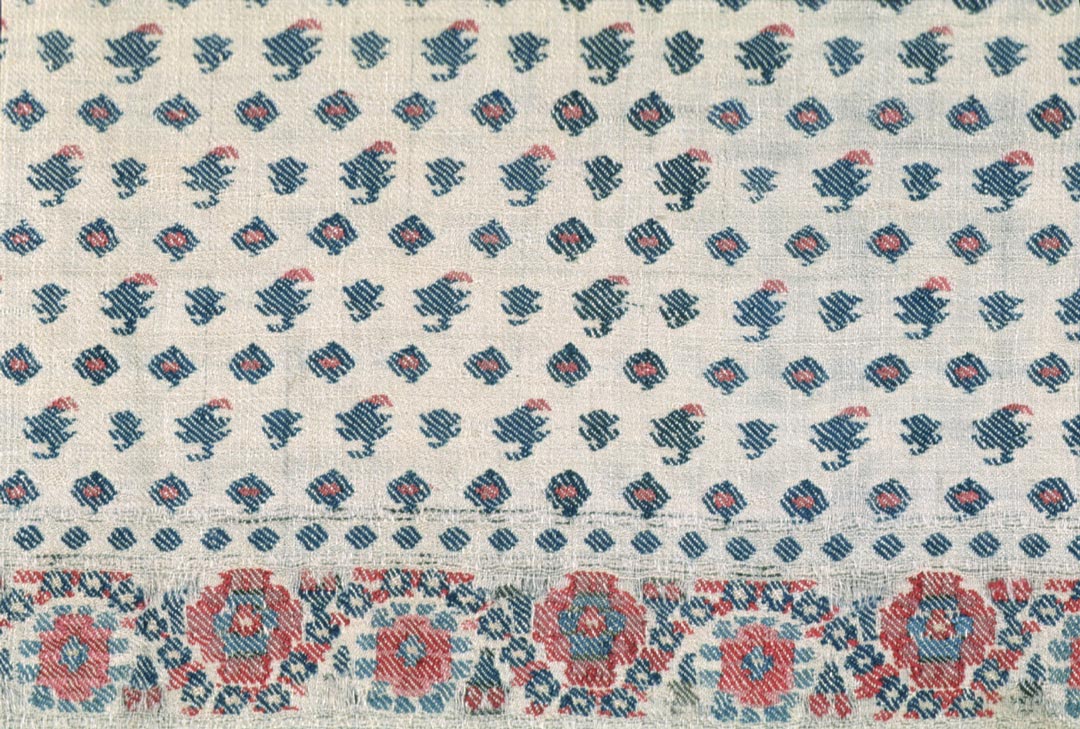Gardner Center: Making Shawl Talk

This spring SAM’s Gardner Center for Asian Art and Ideas is out and about, hosting happenings in Bellevue and Columbia City! Please join us on March 29 for a SAM members’ reception and public program at the Bellevue Arts Museum. Featuring Rosemary Crill on Kashmir Shawls and the West, she will speak in conversation with historian Prof. Anand Yang, University of Washington
Kashmir shawls launched an amazing global fashion phenomenon. When introduced to Europe from India in the late 18th century, the soft goats’ wool (“cashmere”) was a new sensation, as were their paisley patterns. Even the word, “shawl’,” was introduced to English from the Persian term also used in India.
British and French textile producers rushed to invent ways to make cheaper imitations—and lo and behold, it’s the Industrial Revolution and colonial enterprise in action. Once the British shawls not only replaced imports from Kashmir but were exported in huge quantities to India, Kashmir’s highly-skilled and specialized weavers were doomed.
This colonial dynamic paralleled the much larger-scale damage to India’s cotton weavers. Protest in India and a social movement to boycott foreign goods led in time to the independence movement—think of Gandhi and his spinning wheel. As Crill points out in The Fabric of India exhibition catalogue (Victoria and Albert Museum, 2015), “the effect of this reversal in the direction of trade . . . was to affect the subsequent history of South Asia and the world as a whole.”
Rosemary Crill, former Senior Curator for South Asia at the Victoria & Albert Museum in London, is a legend in the textile world. As part of the discussion, an unidentified old textile piece from India from a Washington museum collection will be shown to Crill for her assessment. Be there to find out more!

Can you tell which of these are from Kashmir and which are the British versions?
– Sarah Loudon, Director, Gardner Center for Asian Art and Ideas